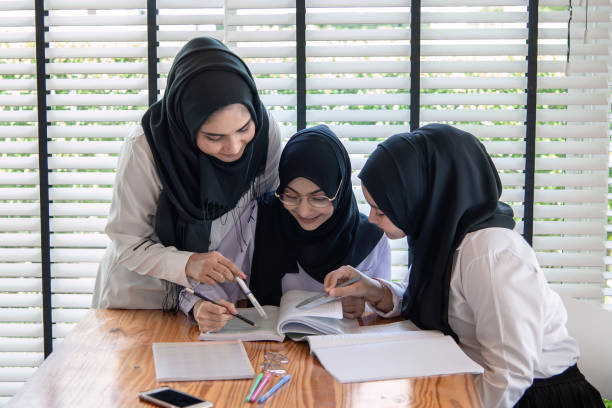Introduction*:
Islamic education can greatly benefit from the implementation of student-centered learning, where the focus shifts from teacher-led instruction to engaging students in the learning process. This method not only makes lessons more interactive but also helps students connect Islamic teachings to real-life applications.
Main Points:
- Understanding Student-Centered Learning:
In a student-centered classroom, the teacher acts as a facilitator, guiding students to discover knowledge for themselves rather than simply providing answers. This approach encourages critical thinking, self-reflection, and active participation, all of which are essential for fostering a deeper connection to Islamic studies. - Strategies for Implementation in Islamic Studies:
To create a student-centered environment, teachers can incorporate activities like project-based learning, inquiry-based discussions, and real-world problem-solving. For example, having students research and present on how Islamic teachings apply to contemporary ethical issues fosters engagement and ownership of their learning. - The Role of Feedback and Reflection:
Continuous feedback and self-reflection are key components of student-centered learning. Teachers should provide constructive feedback that helps students reflect on their progress and identify areas for growth. This process not only enhances academic achievement but also strengthens the students’ spiritual understanding.
Islamic Reference:
The Quran encourages us to think critically and reflect deeply, as seen in verses like “Do they not reflect upon themselves?” (Surah Ar-Rum 30:8). Encouraging students to engage in self-reflection and inquiry aligns with these Islamic principles.
Conclusion:
Student-centered learning is a powerful way to engage students in Islamic education. By fostering critical thinking, self-reflection, and active participation, Islamic teachers can create dynamic classrooms that empower students to take ownership of their learning.







